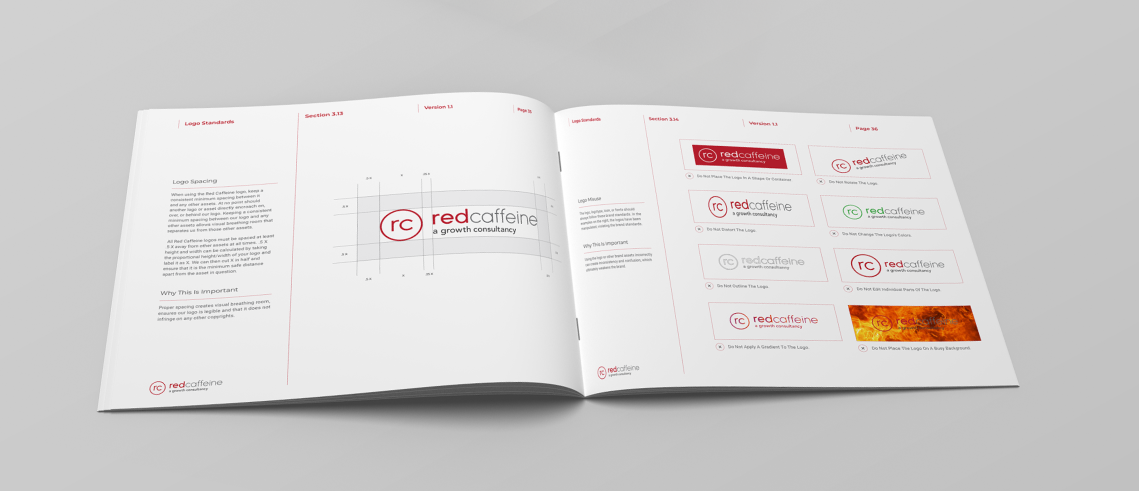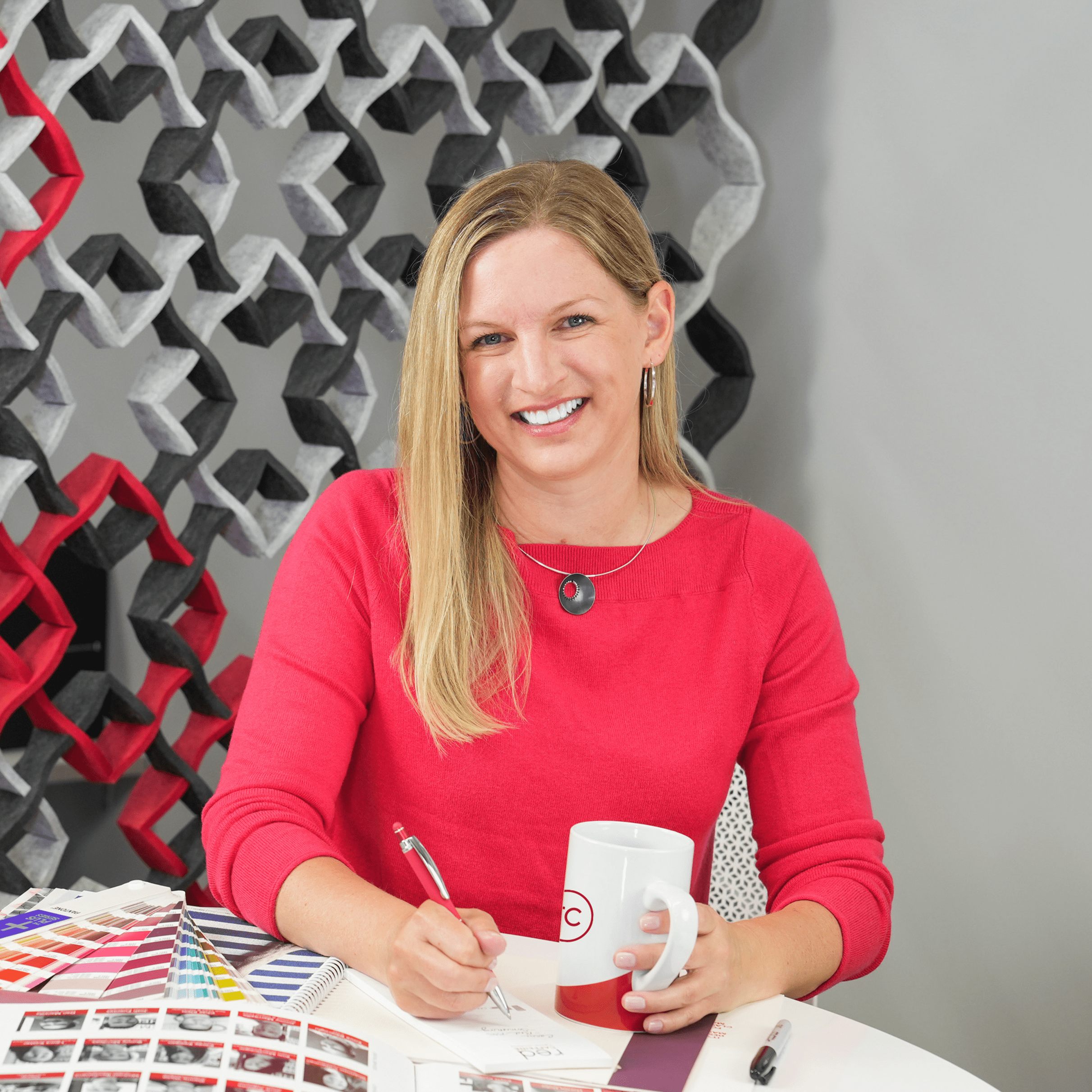Brand standards come in all shapes and sizes, from global companies who need to translate their brand experience for different countries, languages and cultures, to smaller organizations who need a quick reference guide for their brand narrative and graphic elements. Brand standards are crucial for maintaining consistency in how a brand is presented across all platforms and serve as a rule book for organizations to maintain a cohesive visual and verbal identity. To help you understand the typical “ingredients” of brand standards, we’ve compiled a checklist of elements to consider, broken down into four main sections: Brand Story, Graphic Elements, Applications, and For More Information.

Brand Story
The first section of a brand standards document typically introduces the Brand Story—a narrative that explains your company’s positioning and messaging. It should include a combination of the following elements to help build a cohesive verbal identity.
- Mission: Description of a company’s purpose
- Vision: Articulation of a company’s future state it hopes to create
- Values: Principles that guide how the company treats employees, customers, and the community
- Brand Archetype: A human persona that symbolizes the brand
- Tagline: A slogan or catchphrase that makes the brand memorable
- Elevator Pitch: A conversational narrative that explains who a company is
- Target Audience: Any person or group, internal or external, to which a company intends to aim a message or campaign
- Brand Voice and Tone: Your consistent personality and choice of words/emotional tone applied to each situation
- Value Proposition: The benefits or value a company promises to deliver to customers
- Positioning Statement: Description of the company’s product and target audience and explanation of how it fills a market need
- Content Style Guide: Rules to ensure quality and consistency of the written words
Graphic Elements
The graphic elements are the building blocks of a company’s visual brand. Distinct rules governing the use of elements such as the logo, typography, and color palette help create a cohesive brand. The consistent use of these strong visuals is a powerful tool in creating an instantly recognizable brand that brings both clarity and sophistication to products and services.
- Logo: Visual explanation of the logo elements, its color variations, clear space and sizing requirements, and often examples of proper/improper usage
- Tagline Usage: Examples defining the visual use of the tagline, typically including a lock-up with the logo
- Typography: Visual layout of the primary typeface in a variety of weights and styles available for use. Often secondary and tertiary typefaces are specified for visual style and flexibility for the digital user
- Color Palette: Primary and secondary color palettes outline specific formulas (Pantone, CMYK, RGB, and Hexadecimal) for consistent use across mediums
- Iconography: A library of specific stylistic icons is often developed for use throughout visual applications
- Photography: Guidelines may consist of portrait, product, location, or abstract photography visual recommendations depending on the visual brand
- Illustration: Stylistic illustration can complement or even replace photography as the predominant graphic visual in a brand
Applications
In this section, it is important to show the graphic elements in use on various applications that are appropriate for your brand. This will help demonstrate the rules that are specified in the graphic elements section and show a complete visual of how your brand comes to life.
- Business Papers: Letterhead, envelopes, labels, business cards, memos, etc
- Website: A quick visual reference of the website helps demonstrate proper usage of the graphic elements. A website often has its own detailed set of style guidelines in a separate document as well
- Marketing Collateral, Print: Brochures, newsletters, sell sheets, direct mail, advertising, etc
- Marketing Collateral, Digital: E-brochures, e-newsletters, e-mail campaigns, social media, advertising, blogs, video, etc
- Trade Shows and Events: Booth spaces, themes, videos, banners, posters.
- Promotional Items (aka, Swag): Clothing, drinkware, pens, notepads, and any variety of fun give-aways that show a company’s personality
- Environmental Branding and Signage: Interior and exterior signage, environmental graphics that bring the visual brand to life within an employer space
- Vehicles: Semi-trucks, box trucks, vans, cards, bikes, scooters, etc
For More Information
The closing section of a brand standards document should always point a user towards the proper place to reach out if there are questions regarding the brand guidelines. Larger companies may have an employee who reviews and approves artwork and answers questions regarding the interpretation of the standards. At a minimum, a contact should be listed. It is also recommended that a digital library be created where the most current graphic assets can be downloaded. This will help keep all stewards of the brand up to date with the latest versions of
important brand assets.
Conclusion
Developing comprehensive brand standards is essential for maintaining a consistent and cohesive brand identity, regardless of your company’s size. From defining your brand story to applying graphic elements across various platforms, each component plays a critical role in shaping how your brand is perceived. If you need assistance in creating or refining your brand standards, Red Caffeine is here to help. Contact us today to ensure your brand communicates effectively and stands out in the marketplace.
If You Enjoyed This Article, Check Out These….
Join Thousands Of
Like-Minded Folks
Receive monthly business growth tips
and event invites right to your inbox.



